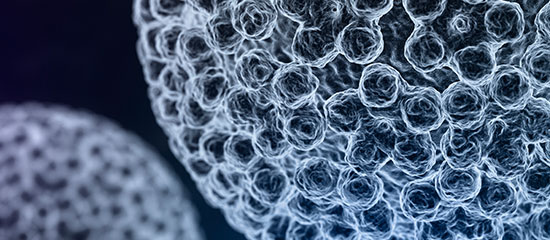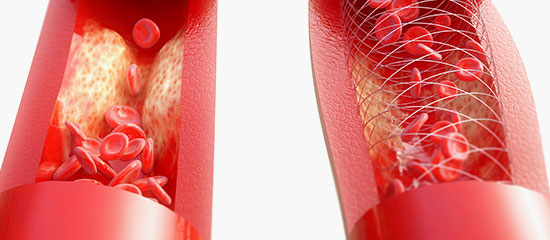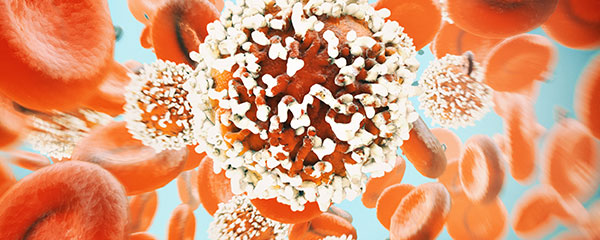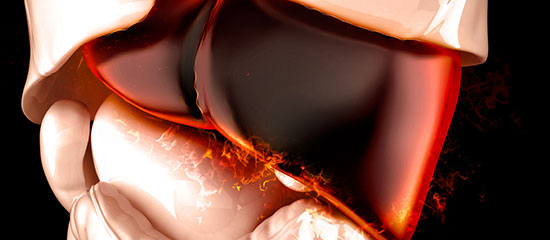internal medicine
Internal Medicine Clinic
As the biggest organ in the body, the liver is very important organ which mabolizes and stores energy, breaks down drugs or hormones, and detoxifies.

01
Causes of liver disease
There are alcoholic liver disease caused by excessive drinking, toxic liver disease by taking medicine, autoimmune liver disease by a disorder of the immune system, metabolic liver disease by accumulation of toxic substances.
02
Symptoms of liver disease
In the cases of minor liver diseases, it is difficult to feel symptoms because there is almost no subjective symptoms. However, when it has progressed, symptoms appears such as fatigue, upper-right abdomen pain, jaundice, edema, ascites, etc.


03
Inflammation developed in liver cells and
tissues, hepatitis
When arteriosclerosis causes blood-flow disorders in the important blood vessels
Chronic hepatitis
It is the case which hepatitis progresses for more than 6 months, and it is a major cause of cirrhosis.
Acute hepatitis
It causes fatigue, vomiting, loss of appetite, mild fever. The early symptoms are flu-like, then jaundice appears. Since it may cause difficulties in everyday life, undernutrition, and indigestion, it is recommended to eat well.
04
Builtup fat in intercellular space, fatty liver
Normally liver contains 5% of fat and when the portion of fat is higher than this, it is called fatty liver. Fatty liver classified into two; alcoholic fatty liver caused by excessive drinking alcohol, and non-alcoholic fatty liver caused by obesity, diabetes, hyperlipidemia, drugs, etc. Alcoholic fatty liver is caused when excessively digested alcohol promotes fat composition in the liver and fails in normal energy metabolism.

Hepatitis is sometimes observed among patients who don't drink much but have non-alcoholic fatty liver, and this case is called 'steatohepatitis'. Steatohepatitis is the case accompanied by a sign of inflammation, which cuases necrosis of liver cells, concurrent fat accumulation in the liver. Causes of steatohepatitis are similar with fatty liver, so it is difficult to figure out which case becomes fatty liver, and which case become steatohepatitis. Some cases of steatohepatitis are developed to chronic hepatitis or cirrhosis, and it is very rare but there are the cases the liver function deteriorates sharply. Non-alcoholic steatohepatitis is a systemic disease which causes disorders of fat metabolism, and mainly is accompanied by adult disease.

05
Liver hardened by chronic
inflammation, cirrhosis
refers to the case when normal liver tissues turn into fibroid tissues such as regenerative nodes, etc. by chronic inflammation, resulting in hypofunction of liver. It is caused by chronic hepatitis B or hepatitis C viruses
-

Symptoms Symptoms of cirrhosis are varied. A spider-shaped red spot appears on the skin and palms become redder than others' because of hormone abnormalities.
For men, breasts may get bigger and sexual performance may decrease. -

Management A diet should be changed depending on how much liver function is damaged.
Normally, high-protein meals are helpful for the recovery and regeneration of the liver, but it should be careful not to cause hepatic encephalopathy with a low-protein diet when liver function has decresed Also, when the body is swollen or there is ascites, it is recommended to have a low-salt diet because salty foods may cause ascites.



